Have you ever wondered about the world through your furry friend’s eyes? Well, today we are going to explore the fascinating topic of what colors dogs can actually see. As humans, we tend to perceive the world in a wide spectrum of vibrant hues, but do dogs share the same colorful experience? Join us as we embark on an eye-opening journey into the canine visual world, where we’ll uncover the mystery behind their perception of colors. Get ready to see the world through a dog’s eyes like never before!
This image is property of spca.bc.ca.
Overview of dog vision
Structure of the dog eye
The vision of dogs is an essential part of their daily lives. The structure of a dog’s eye is similar to that of humans, with a cornea, iris, lens, and retina. However, there are notable differences that contribute to dogs’ unique vision abilities.
Differences between human and dog vision
While humans and dogs both have color perception, dogs see the world differently due to variations in their retinas. Unlike humans, dogs have fewer color receptors, known as cones, in their retinas. This means that their color vision is not as vibrant or nuanced as that of humans. Dogs primarily rely on their sense of smell and hearing rather than vision, as they are descendants of predators who relied heavily on these senses for survival.
Color perception in dogs
Can dogs see in color?
Contrary to popular belief, dogs can see colors, but their color vision is not as extensive as humans’. Dogs’ color vision is dichromatic, meaning they see the world in shades of blue and yellow, while humans have trichromatic vision, allowing us to perceive a broader range of colors.
Color vision range
The specific colors that dogs can see fall within the blue and yellow spectrum. The hues they perceive are less saturated and lack the vibrancy that humans experience. It is important to understand that dogs see the world differently from humans and have adapted to this unique visual system.
Types of color receptors in dogs
Dogs possess two types of color receptors, or cones, in their retina, one for detecting blue light and another for perceiving yellow light. These two cones allow dogs to differentiate between shades of blue and certain shades of yellow. The absence of color receptors for red and green light limits their ability to perceive these colors.
Primary colors dogs can see
Blue
Blue is one of the primary colors that dogs can see. They perceive blue as a more vibrant color compared to other hues. This is why blue objects, such as toys or balls, are easily detectable to dogs.
Yellow
Yellow is another primary color in a dog’s vision. Dogs can differentiate between shades of yellow and they see it as a bright and distinguishable color. Yellow objects may stand out to dogs, making them visually appealing and noticeable.
Gray
While not technically a primary color, gray is worth mentioning as dogs see it as a neutral color. Gray objects appear less vibrant and may blend into the background for dogs. Understanding this can help dog owners make informed choices when it comes to the color of their dog’s accessories or toys.
Colors dogs struggle to see
Red
Dogs have limited ability to see the color red due to the absence of red cones in their retinas. Red appears as shades of brown or gray to dogs, making it less distinguishable from other colors. It is important to consider this when choosing colored objects or training aids for dogs.
Green
Similar to red, green is also a color that dogs struggle to see. Dogs perceive green as a yellowish-brown color. While it may not be completely invisible to them, it lacks the visual impact that humans experience.
This image is property of b1157417.smushcdn.com.
Effect of colors on dog behavior
Colors that may evoke specific responses
Certain colors can elicit specific responses from dogs. For example, research suggests that dogs may associate red with danger or aggression. On the other hand, blue and yellow are generally perceived as calming and non-threatening colors for dogs. Understanding the influence of colors on dog behavior can help in training and creating a harmonious environment for our furry friends.
Impact of color on dog training
Colors can play a significant role in dog training. By using specific colors for cues or targets, dogs can quickly associate the visual stimulus with a desired behavior. For instance, using a blue ball as a target during fetch training can help dogs understand and respond to the command more effectively.
Influence of brightness and saturation on dog vision
Brightness perception
While dogs have a limited color range, they have exceptional brightness perception. Dogs are more sensitive to changes in brightness compared to humans. This increased sensitivity to brightness aids them in navigating their surroundings, particularly in low-light conditions.
Saturation perception
Although dogs see the world in less vibrant colors, they can still perceive differences in saturation. Highly saturated colors may be more attention-grabbing to dogs, whereas desaturated colors may appear muted or less noticeable. Understanding this can assist dog owners in making informed color choices for their dogs’ toys or accessories.
This image is property of www.akc.org.
Comparisons between human and dog vision
Color range comparison
Humans have a more extensive color range compared to dogs. While humans have three types of color receptors (red, green, and blue), dogs only possess two receptors (blue and yellow). Therefore, humans can perceive a broader spectrum of colors, including reds, greens, and purples, that dogs cannot fully appreciate.
Ability to detect contrast
Contrast detection refers to the ability to distinguish between different shades and colors. Humans excel in contrast detection, whereas dogs rely more on their motion and brightness detection abilities. Dogs may struggle to discern subtle contrasts, which is an important consideration when designing visual stimuli for dogs.
Low-light vision
Dogs have superior low-light vision compared to humans. Their eyes contain a higher concentration of rod cells, specialized photoreceptor cells that are responsible for vision in dim lighting conditions. This adaptation allows dogs to see well in low-light environments, making them excellent companions for nighttime activities.
Evolutionary reasons behind dog color perception
Predator-prey adaptation
Dogs’ color vision has evolved over time to aid in their survival as predators. The limited color perception allows dogs to focus more on the movement and shape of their prey, which are crucial for successful hunting. By prioritizing motion detection, dogs can effectively track and capture their prey.
Communication with humans
Humans have domesticated dogs for thousands of years, and color perception differences between species have influenced their communication. While dogs may struggle to see certain colors, they can still interpret human gestures, body language, and vocal cues. The bond between humans and dogs is built on non-verbal communication, which goes beyond color perception.
This image is property of image.petmd.com.
Application in dog products and marketing
Color choices in dog toys and accessories
Understanding a dog’s perception of color can inform the design and color choices in dog toys and accessories. By utilizing colors such as blue and yellow, manufacturers can make products more visually appealing to dogs. Additionally, contrasting colors can enhance the visibility of toys, making them easier for dogs to locate and interact with.
Effect of packaging colors on dogs
Packaging colors can also influence dogs’ response to products. Bright and visually striking packaging may capture a dog’s attention and increase their interest in the contents. Conversely, packaging that blends in with the surroundings may make the product less noticeable to dogs.
Color preferences in marketing to dog owners
When marketing products to dog owners, understanding their pets’ visual perception can be advantageous. Colors associated with calmness, such as blues and earth tones, may resonate with dog owners who prioritize a peaceful environment for their furry companions. On the other hand, vibrant colors may appeal to owners who seek visually stimulating and engaging products for their dogs.
Conclusion
While dogs do not perceive colors in the same way humans do, they still have a unique visual system that allows them to perceive their surroundings. Understanding the differences and limitations of dog vision can help dog owners make informed decisions when it comes to choosing colors for their dog’s toys, accessories, and training aids. By taking into account a dog’s primary color perception, brightness sensitivity, and contrast detection abilities, we can create a visually enriching environment for our beloved canine friends.
This image is property of b1157417.smushcdn.com.



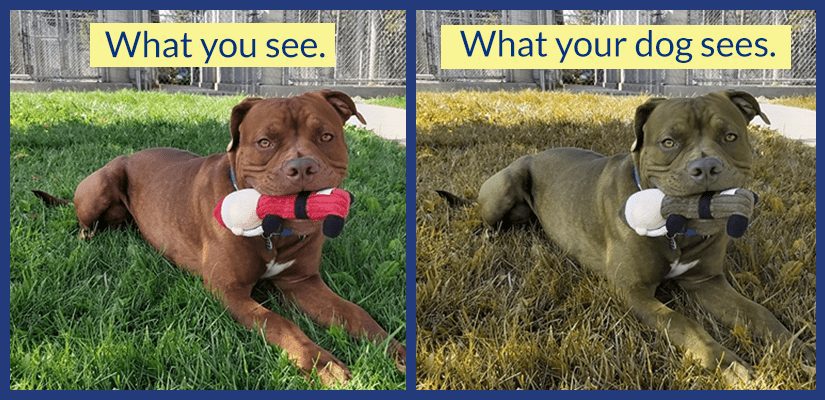
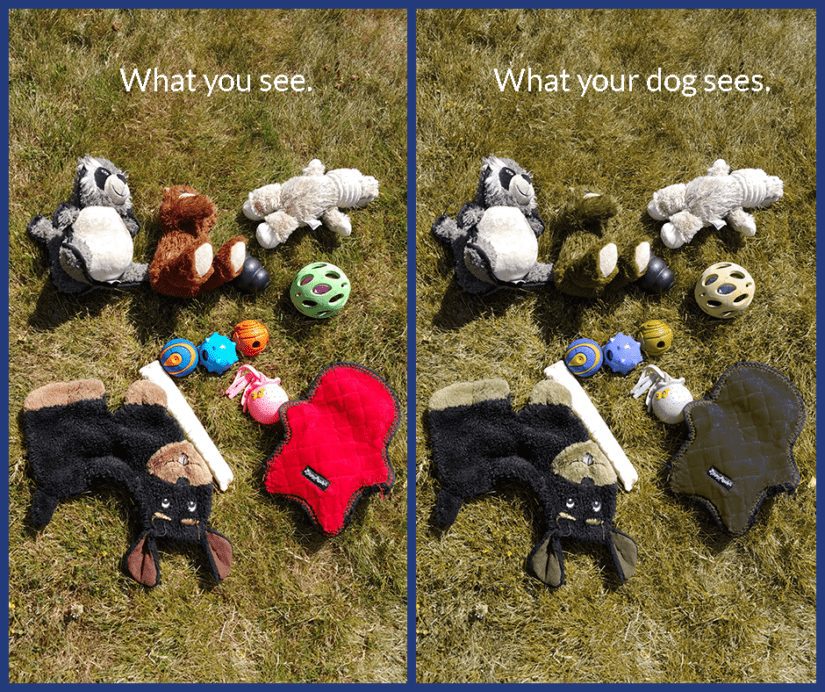
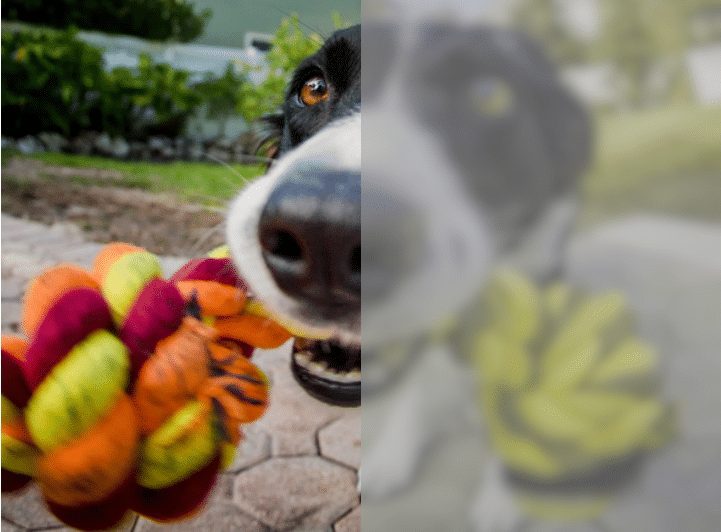
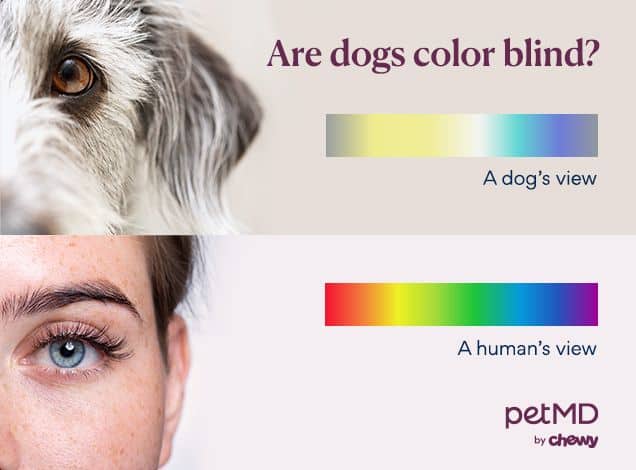
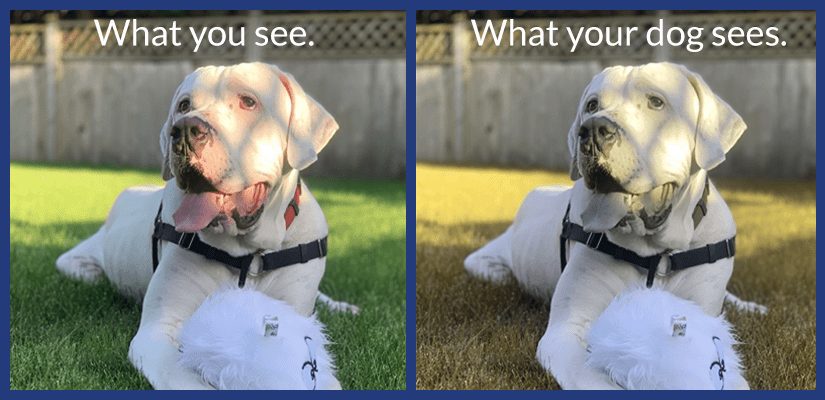


















![SportDOG Dog Training Collars [New X-Series] Dog Training Collars](https://supredog.com/wp-content/uploads/2019/03/Dog-Training-Collars-100x70.jpg)



















